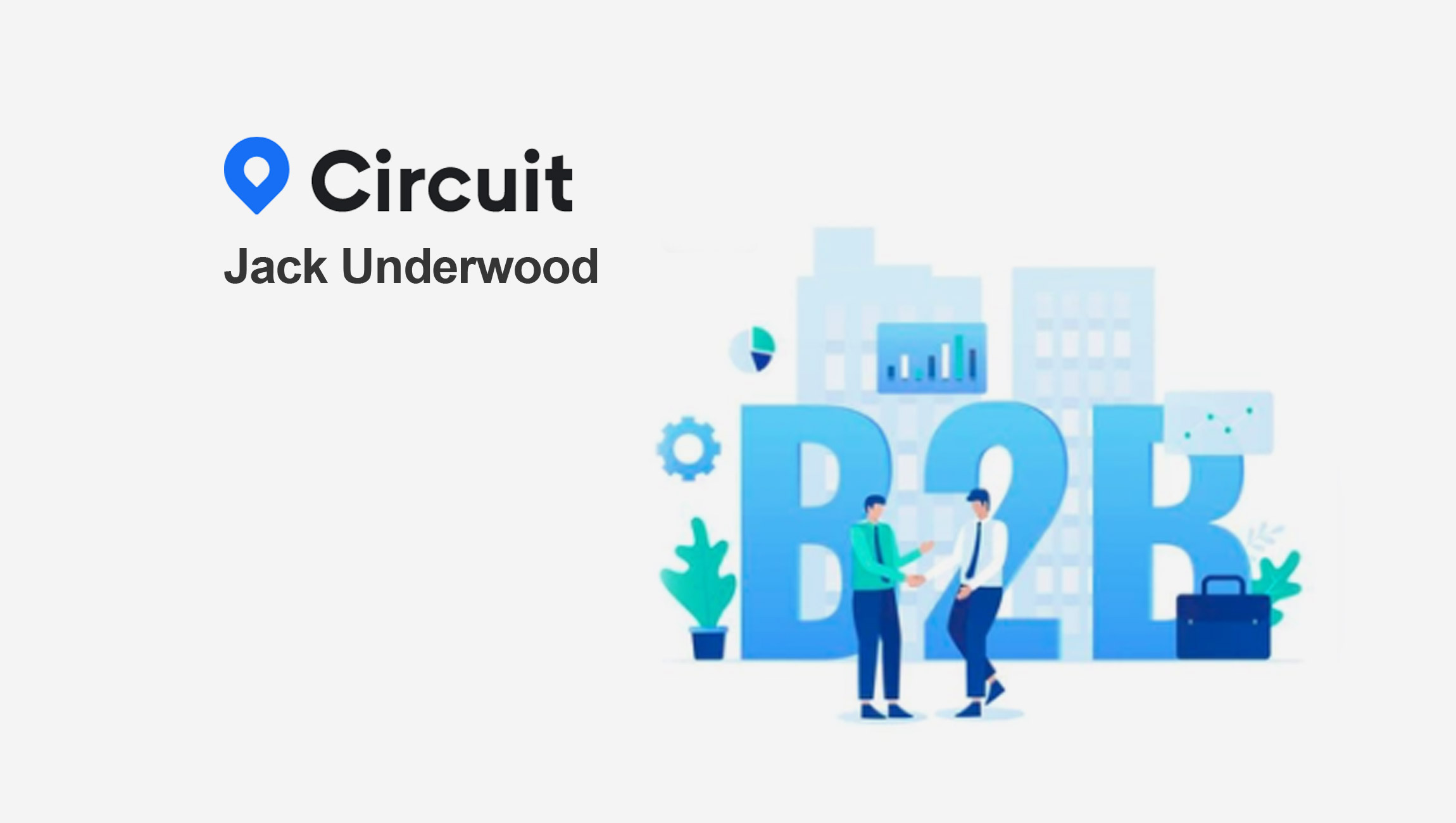Running a successful business is more than having a good idea. It’s about spotting new opportunities, adapting to evolved consumer priorities and continuously assessing performance.
As such, many entrepreneurs need to switch up their business model at some point in their company’s life. This is especially true in the wake of the pandemic and the boom in e-commerce. Which has left many CEOs and marketing pros figuring out how to expand their business-to-business (B2B) offering to incorporate direct-to-consumer (DtC) services.
So, how can businesses navigate this transition and make sure they get it right?
Marketing Technology News: BeSmartee Announces an Integration with Black Knight’s Surefire CRM and Marketing Automation System…
Invest in tactical tools
A bad workman may blame his tools, but you can’t hammer a nail with a hacksaw. The software and systems used to support B2B trading often won’t fully address a company’s (DtC) needs. This shortfall can lead to inefficiency, customer frustration and lost sales. If your business wants to start courting consumers, they must make sure they have the right tools for the job.
One illustration of this is Company Bakery, an Edinburgh-based bakery that traditionally worked on a wholesale model and delivered fresh bread to the city’s top restaurants and cafes.
However, when the pandemic hit, their trade customers closed. The team knew they had to expand their business model to survive. Realizing there was a growing demand during lockdown for bread delivered straight to people’s doors, they began offering their loaves directly to consumers. It was a savvy move – the orders flooded in.
But this switch also brought new challenges. When they were serving wholesale customers, Company Bakery only needed to make a set number of deliveries a day. Their team of three drivers could easily manage orders. But pivoting to DtC saw them needing to make 4,000 deliveries a month – around 140 a day: Way beyond the capacity of three drivers on the original system they were using.
The bakery started using Circuit’s route planner to address this. By planning their routes more quickly, saving drivers time, and simplifying the process to get customers their orders as fast as possible. Even now that shops and restaurants have reopened and wholesale is back up and running, this decision paid off. Company Bakery has not stopped home delivery, which now represents 10% of their business.
Review your messaging
Expanding or switching to DtC will also need a review of messaging and communication style. A basic website may do the job for B2B customers, but it won’t cut it with consumers. Who are likely to equate the quality of your communications and visual identity with the quality of your product.
It’s also essential to assess your business’s current brand tone of voice – is it appealing to your targeted consumer demographic, or does it need adjusting to align with their needs and priorities? A marketing review may also involve investment in a new or upgraded website to strengthen brand identity and credibility and add consumer-focused features.
In addition to brand and visual identity, if you’re pivoting to DtC, you need to consider which communications channels you’re using. It’s crucial to establish a presence in the spaces consumers are already inhabiting for their personal needs – such as social media platforms like Instagram. Using these channels is a simple and effective way to gain consumer interest, increase word-of-mouth marketing and build a community around your product or service.
Assessing and investing time and money in communications may seem unnecessary or a secondary concern. But your DtC switch won’t be successful if you’re not thinking about how consumers perceive your brand or speaking to them in their language.
Marketing Technology News: MarTech Interview with Gregory Zakowicz, Director of Content, Omnisend
Prepare for a shift in sales cycles
It’s also vital to be aware of the DtC impact on your sales cycle and cash flow. You may be dealing with smaller orders and a more significant seasonality than in B2B. Your business needs to prepare for this. This doesn’t have to be a problem, but you should make sure, as far as possible, that you have a strategy and reserves to cope with increased fluctuations.
You must consider a different approach to sales. B2B selling will typically involve fewer sales for higher amounts, and time is invested in nurturing long-term leads. In contrast, DtC gives businesses access to more potential customers for lower orders and lower conversion rates. Again, companies must make sure they have the infrastructure to support this change. Their sales and marketing can address this shift to high volume, low conversion.
Keep an eye on new DtC competitors
Finally, moving into a new space will bring your business into contact with new DtC competitors who already serve consumers with the products or services you offer. This doesn’t mean there isn’t room for your business. But you need to be aware of what others are doing and what strategies they are using to work out your unique selling point. What sets you apart, and why should consumers shift their loyalty to you?
Looking at competitors can help gain inspiration for your own business. But exactly copying their decisions won’t allow you to move past them. Plus, simply existing for longer in one space doesn’t automatically mean another business’s ideas are better. A fresh perspective, informed by a B2B background, could be just the thing that puts you ahead.
Switching from a B2B to DtC model is a significant challenge. Companies contemplating this move should be aware of the time and financial investment involved. But the return can make this pivot more than worth it. With the right tools, communications approach and analysis of your new consumer territory, moving to DtC could be the thing that takes your business to the next level.
Marketing Technology News: The Contextual We’re “Returning to” Isn’t the One You Remember











